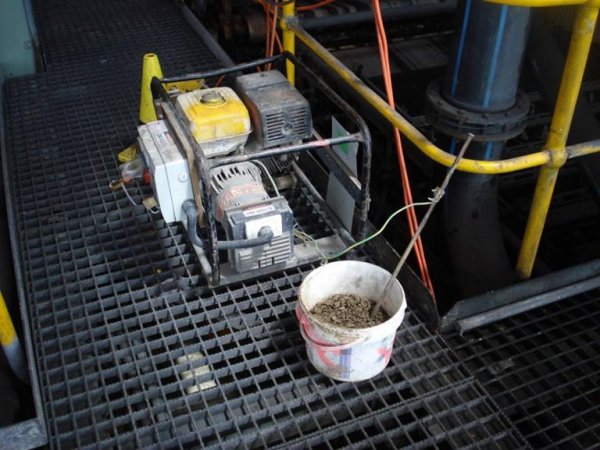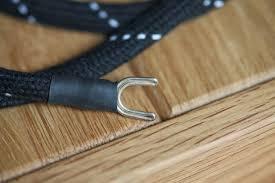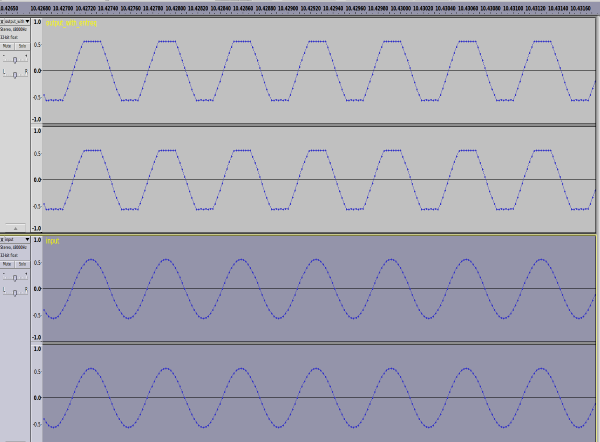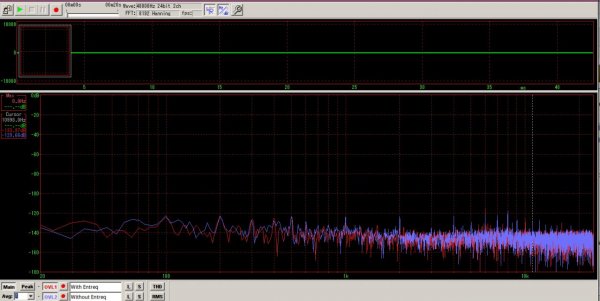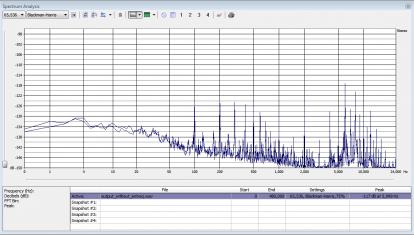Hi again,
This is my last post in this thread. As I say, I am not a measurements person and it was never my intention to get into a debate regarding measurements on any topic, let alone Entreq products. It is just unfortunate for me (and arguably fortunate for others) that this topic ended up being a measurement thread outside of the forum where such threads ought to belong. This whole saga started because I very much like what my base level Entreq Minimus Copper boxes do with the two systems I have them in and I decided to record what an LP sounded like with and without the box connected. Of course it all went on from there and we got into a measurement process which was never my intention (my intention was only for people to listen to the two different files). I likely would never have posted those original LP files at all if I had known we would go to "digital" measurements since as I have said often enough, I am not ordinarily "geared up" to record from a digital source (I only digitally record from a fully analogue sources or perform digital to digital when I am doing certain DSP hardware functions).
Anyway, I was pretty horrified as I have said before with that first cable I used to connect the playback soundcard "with Entreq" to the recording one so as to capture that output when doing the "digital" measurements. I knew the cable was not one designed for that purpose but I reiterate I live on an extremely tight budget (one reason for only owning the very entry level Entreq gear) and I did not wish to go out and spend money. But even tonight I realised that those sorts of cables are also used as de facto FM antennas on portable music devices

. This horrified me even more because an "antenna effect" has been discussed here in relation to the possible effects the boxes may or may not produce.
So given that I soldered together a "proper" interconnect last night from bits I bought from Jaycar Electronics yesterday, I have decided to post one last set of files and images. And this is definitely the last. I have had more than enough of this and I am stressed out and losing sleep over it (truly).
So below you will find one last, simple test (no music this time) - it is a 20 second input file at 24 bit, 48 KHz. The first 10 seconds is complete silence, the second 10 seconds consists of a pure sine wave at -5 dBFS. The only real reason I included the sine wave was to "certify" that both output files were created with the various volume / record level settings set identically. In other words, -5 dBFS went in from the DAC analogue output and -5 dBFS went out to the ADC.
I can now confirm that the results are actually pretty much as they used to be (improved noise floor), however this time around I don't really see any significant noise added, unlike last time. If you were to overlay the two graphs, you will see a slight lowering of ostensibly the entire noise floor with the box connected. Yes, there are some bits that are bit higher but I think if you were to overlay them both you would see an overall noise advantage in favour of the box connected. Perhaps the differing noise "profiles" of the various Entreq boxes and cables is one of the reasons they sound different to each other (they certainly sounded quite different to me when I auditioned them).
Please remember too that this is Entreq's
entry-level product. Entreq make far more exotic performance claims for even the very next box up in their range and even after that there are about 3 or 4 ways to further improve the setup - even if you are just talking about one type of connection such as connecting a DAC or amplifier. To put it into perspective, the total cost of the Entreq gear used in this test is around $750 AUD. Just the next box up is double the price of mine and the type of Entreq stuff that most members here own is magnitudes ahead of what I own.
The conclusion I draw from this exercise and the attached files is that at least in my systems and with my setups (as modest as they are), the Entreq Minimus Copper box with the Konstantin cable does make a measureable difference. It may not be a large improvement but I believe I can see it in the graph (I cannot overlay them myself) and I can hear it with my ears. Others will surely draw other conclusions however this is no longer my concern. I hope these final files and graphs are useful to at least some people. As for the comparative music files I previously posted, I have absolutely no reason to consider them worthless, since if you actually listen to them you will still hear the same effect that I hear when listening to live music.
Anyway, thanks for the supportive comments from some people in the thread. I just hope Entreq's lawyers do not land on my doorstep for posting those previous measurements with that terrible cable! As I say this was my mistake and I should not have posted those files (but as indicated, the music only ones "sound" fine and are indicative of the Entreq "effect").
Thank you.
Graph # 1. This shows the noise floor resulting from a digital to analogue and analogue to digital conversion process of a 24 bit file containing "digital silence". No Entreq box or Entreq cable was connected to the playback soundcard in this instance. The Entreq box and cable had been disconnected for 30 minutes before this test was performed. The graph covers the scale of -96 dBFS to -150 dBFS:
View attachment 25786
Graph # 2. This shows the noise floor in identical circumstances to Graph # 1 above, however in this instance, a base level Entreq Minimus Copper box was connected to the SPDIF RCA output terminal of the playback sound card. The cable used to connect the soundcard to the Entreq box is the Eartha Konstantin. The box and cable had been connected for 24 hours prior to this test being performed. The graph covers the scale of -96 dBFS to -150 dBFS:
View attachment 25787
Perhaps Amir might be considerate enough to do an "overlay" analysis like he did before, as I do not know how to make such useful and lucid graphs.
Finally, here is the suite of test files and actual pgn images of the above graphs. The graphs above were made by analysing the first 480,000 samples in each of the two output files.
https://www.sendspace.com/file/o8rh7s













